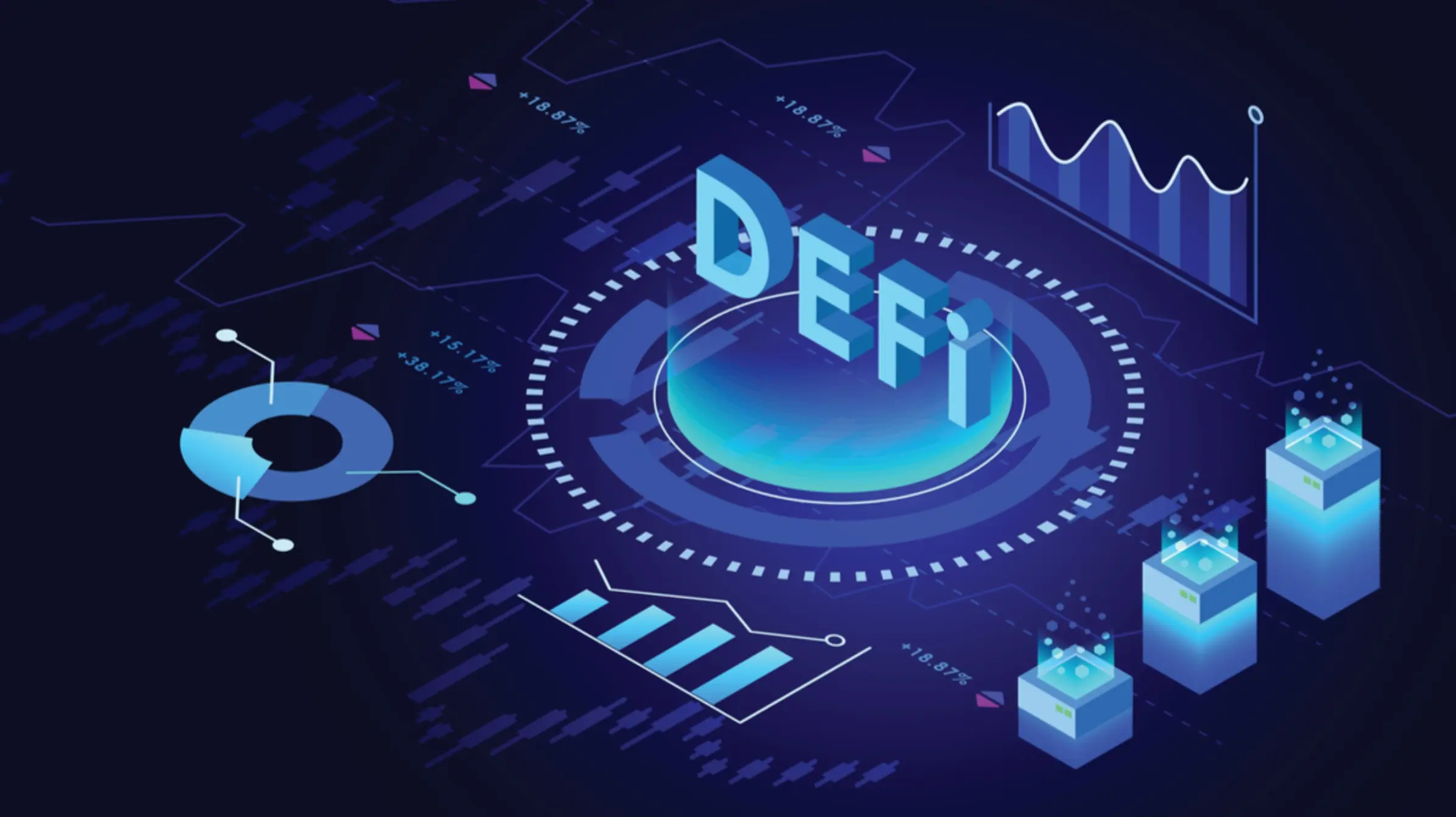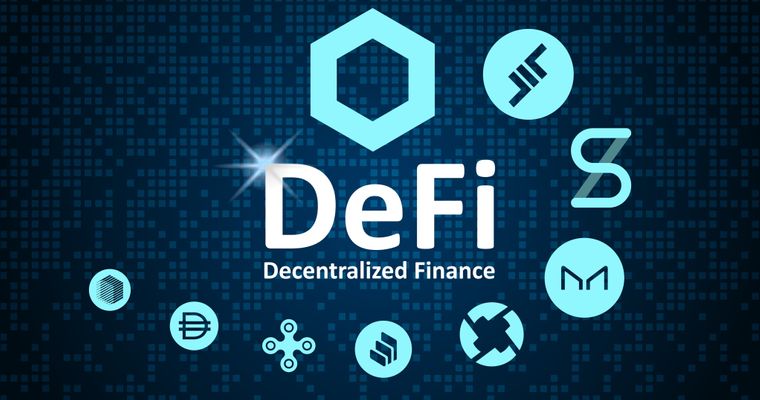Decentralized Finance, or DeFi, is a rapidly growing sector of the blockchain industry that is transforming traditional finance. In this article, we will explore DeFi and its various aspects.

What is DeFi?
Decentralized Finance, or DeFi, is a term used to describe financial applications and services that operate on blockchain networks, such as Ethereum. DeFi eliminates intermediaries such as banks and financial institutions, enabling peer-to-peer transactions, lending, borrowing, and investing.
How does DeFi work?
DeFi applications and services operate using smart contracts, which are self-executing contracts that automatically enforce the rules and regulations of a particular transaction. Smart contracts eliminate the need for intermediaries, reducing transaction costs and increasing transparency.
DeFi Applications:
There are a wide range of DeFi applications and services, including:
Decentralized exchanges (DEXs):
DEXs allow users to trade cryptocurrencies without intermediaries, offering greater privacy and control.
Lending and borrowing platforms:
DeFi lending and borrowing platforms allow users to lend and borrow cryptocurrency without intermediaries, using smart contracts to enforce the terms of the loan.
Stablecoins:
Stablecoins are cryptocurrencies that are pegged to a stable asset, such as the US dollar, to reduce price volatility.
Insurance:
DeFi insurance platforms use smart contracts to provide insurance coverage for various events, such as hacks and market crashes.
Prediction markets:
DeFi prediction markets allow users to bet on the outcome of events, such as elections and sports games, using smart contracts to enforce the terms of the bet.
Advantages of DeFi:
DeFi (Decentralized Finance) has gained popularity in recent years as an alternative to traditional finance, offering various advantages over traditional financial systems. Here are some advantages of DeFi:
Accessibility:
DeFi protocols are accessible to anyone with an internet connection, without the need for intermediaries such as banks or financial institutions. This opens up financial services to a broader audience, particularly in areas where traditional financial systems are not available or accessible.
Transparency:
DeFi protocols are built on open-source blockchain technology, providing transparency in transactions, and enabling anyone to audit the code and verify the protocol's operations. This transparency builds trust and confidence in DeFi protocols, making them more secure and reliable.
Decentralization:
DeFi protocols are decentralized, meaning that they are not controlled by a central authority or entity. Decentralization eliminates single points of failure, making DeFi protocols more resistant to hacking and other forms of attacks. Decentralization also ensures that decisions are made through a consensus mechanism, making the system more democratic.
Cost-effective:
DeFi protocols are often more cost-effective than traditional financial systems, as they eliminate intermediaries, reducing fees and transaction costs. This makes DeFi services more accessible to a broader range of people, particularly those who are unbanked or underbanked.
Programmability:
DeFi protocols are programmable, allowing developers to create complex financial applications and customize them to meet specific needs. This programmability enables the creation of new financial products and services, including derivatives, lending, and insurance, providing users with a broader range of financial services.
Global reach:
DeFi protocols are accessible to anyone with an internet connection, regardless of their location, making them global in nature. This enables users to transact with anyone in the world, without the need for intermediaries, such as banks or financial institutions.
In conclusion, DeFi offers various advantages over traditional financial systems, including accessibility, transparency, decentralization, cost-effectiveness, programmability, and global reach. These advantages make DeFi a promising alternative to traditional financial systems, providing users with a broader range of financial services, and empowering them to take control of their finances.

Risks and Challenges:
While DeFi offers numerous advantages, there are also risks and challenges, including:
Smart contract risk:
DeFi applications rely on smart contracts to execute transactions and enforce rules. While these contracts are designed to be secure and tamper-proof, they are not immune to vulnerabilities or errors. Hackers can exploit smart contract flaws to steal funds, and once a transaction is executed, it cannot be reversed. As a result, users must be cautious when using DeFi applications and ensure they understand the potential risks.
Market risk:
DeFi is subject to market fluctuations and price volatility, which can lead to significant losses for investors.
Lack of Regulation:
DeFi operates in a largely unregulated space, which can create uncertainty and legal risks for users. While some DeFi platforms have taken steps to comply with regulations, others may not be following best practices or may be operating in jurisdictions without clear regulatory frameworks.
Volatility:
Cryptocurrencies are known for their price volatility, and DeFi applications are no exception. Prices can fluctuate rapidly and significantly, exposing users to potential losses. This risk is particularly pronounced in lending and borrowing platforms, where borrowers may be subject to margin calls if the value of their collateral falls below a certain threshold.
Conclusion
In conclusion, DeFi is a rapidly growing sector of the blockchain industry that is transforming traditional finance. DeFi offers numerous advantages over traditional finance, including decentralization, transparency, accessibility, and innovation. However, there are also risks and challenges, including smart contract risk, market risk, and regulatory uncertainty. As DeFi continues to evolve, we can expect to see even more innovative applications and services in the future.
